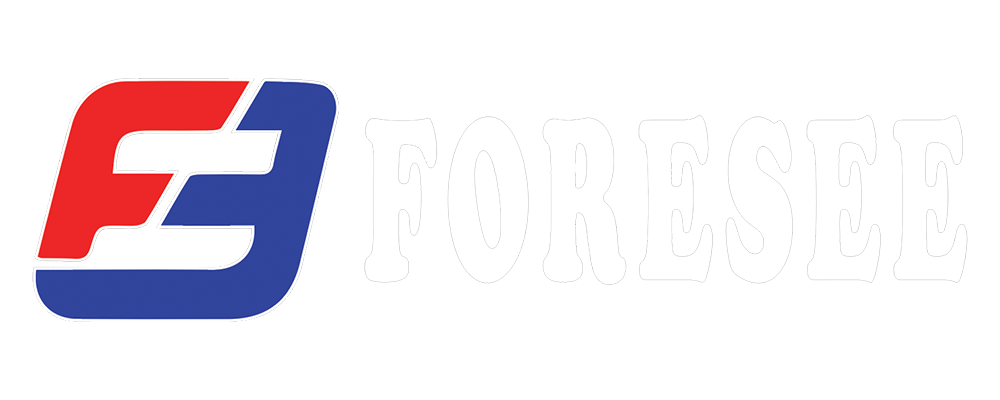When choosing hose clamps, there are a few key factors to consider to ensure a proper fit and secure connection. Here's a step-by-step guide to help you choose the right hose clamps:
- Identify the Hose Type: Determine the type of hose you are working with. Different hoses may have specific requirements for clamping, such as material compatibility or pressure ratings.
- Measure the Hose Diameter: Use a caliper or measuring tape to determine the outer diameter of the hose you need to clamp. This measurement will help you select the appropriate clamp size.
- Consider the Clamp Material: Hose clamps are available in various materials, including stainless steel, galvanized steel, and plastic. Stainless steel clamps are generally more durable and resistant to corrosion, making them suitable for a wide range of applications.
- Assess the Application: Consider the specific application in which the hose clamp will be used. Factors such as temperature extremes, exposure to chemicals, and vibration can influence your choice. Ensure the selected clamp is designed to withstand the conditions of your application.
- Select the Clamp Type: There are several types of hose clamps available, each with its own advantages and suitable applications:
- Worm Gear Clamps: These clamps feature a band with a screw mechanism for tightening. They are versatile and widely used in various applications.
- T-Bolt Clamps: These clamps have a solid circular band with a T-shaped bolt for secure fastening. They provide high clamping force and are commonly used in automotive and high-pressure applications.
- Spring Clamps: These clamps have a spring-like design that provides constant tension. They are easy to install and suitable for low-pressure applications.
- Ear Clamps: Also known as Oetiker or Stepless clamps, they have a narrow band with raised ears that grip the hose when crimped. They provide a secure and tamper-proof connection.
- Verify the Clamp Size Range: Check the size range of the clamp to ensure it accommodates the measured diameter of your hose. Most clamps specify the minimum and maximum diameter they can accommodate.
- Consider Ease of Installation: Depending on the application, you may prefer clamps that are easy to install, such as spring clamps or worm gear clamps, which offer adjustable tightening.
- Check for Industry Standards: If you're working on a specific industry or application that requires compliance with certain standards, ensure the chosen hose clamp meets those specifications.
By considering these factors, you can make an informed decision when selecting hose clamps that suit your needs. Remember to always follow the manufacturer's recommendations and guidelines for proper installation and usage.

Recent post